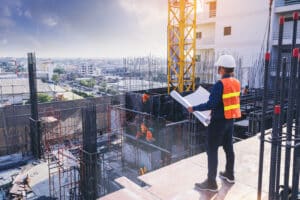
To Remain Competitive, Architects Must Consider How They Can Move From A Design Approach To An Advisory Mindset By Taking Advantage Of Training Programs And Tools. AIA Partner Engineered Tax Services Explains.
The COVID-19 pandemic has thrown a wrench into the strategic planning process for most businesses. After all, it can be difficult to develop growth plans amid a sea of uncertainty. Planning for 2021 and beyond will require you to sharply focus on how your architecture firm can grow by becoming more attuned to your clients’ needs. One way is to move beyond the technical side of architecture and look at your clients and prospects in a different light. You already collaborate with your clients on design plans, but are you looking at what their entire business needs?
The architecture profession is evolving quickly to an advisory mindset to drive greater value for clients. Most architects realize they must shift from a design approach to an advisory mindset to better serve existing clients and attract prospects, but they may not have the training and processes in place to make the transition. As you plan for the year ahead, what is your growth strategy? How can you stand out from competitors in your marketplace? Do you and your partners have the required skills to become business advisors to your clients?



